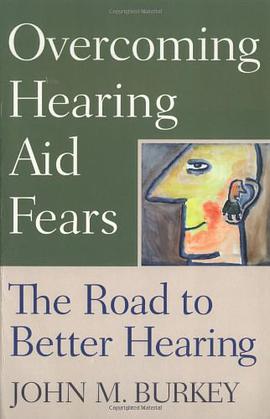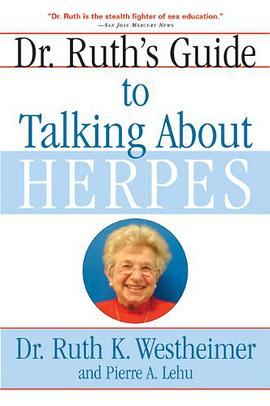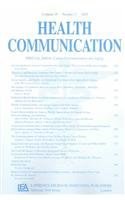

Humans have lived in close proximity to other animals for thousands of years. Recent scientific studies have even shown that the presence of animals has a positive effect on our physical and mental health. People with pets typically have lower levels of cholesterol and lower blood pressure, show fewer symptoms of depression, and tend to get more exercise. But there is a darker side to the relationship between animals and humans. Animals are carriers of harmful infectious agents and the source of a myriad of human diseases. In recent years, the emergence of high-profile illnesses such as AIDS, SARS, West Nile virus, and Lyme disease has drawn much public attention, but as E. Fuller Torrey and Robert H. Yolken reveal, the transfer of deadly microbes from animals to humans is neither a new nor an easily avoided problem. Beginning with the domestication of farm animals nearly 10,000 years ago, "Beasts of the Earth traces the ways that human-animal contact has evolved over time. Today, shared living quarters, overlapping ecosystems, and experimental surgical practices such as those that transplant organs or tissues from nonhumans into humans, continue to open new avenues for the transmission of infectious agents. Other changes in human behavior, such as increased air travel, automated food processing, and threats of bioterrorism are increasing the contagion factor, by transporting microbes further distances and to larger populations in virtually no time at all. While the authors urge that a better understanding of past diseases may help us lessen the severity of some illnesses, they also warn that given our increasingly crowded planet, it is not a question of "if, but "when and "how oftenanimal-transmitted diseases will pose serious challenges to human health in the future.
具体描述
读后感
评分
评分
评分
评分
用户评价
相关图书
本站所有内容均为互联网搜索引擎提供的公开搜索信息,本站不存储任何数据与内容,任何内容与数据均与本站无关,如有需要请联系相关搜索引擎包括但不限于百度,google,bing,sogou 等
© 2025 book.wenda123.org All Rights Reserved. 图书目录大全 版权所有




















